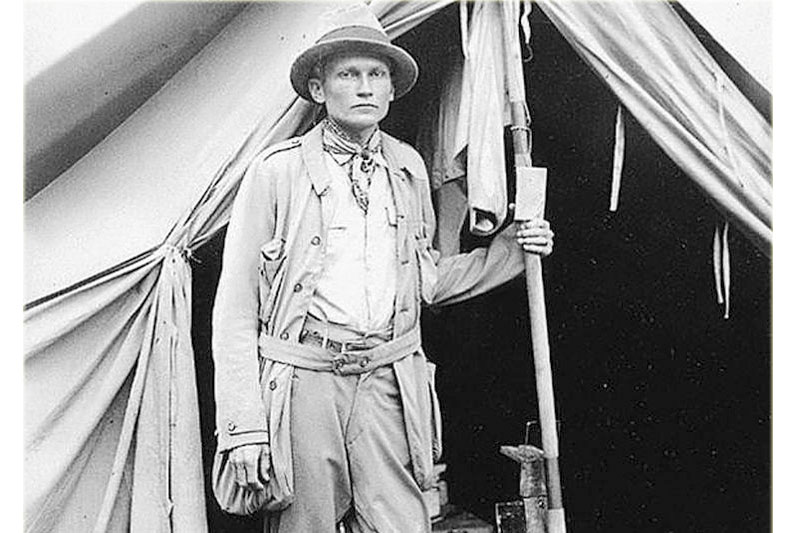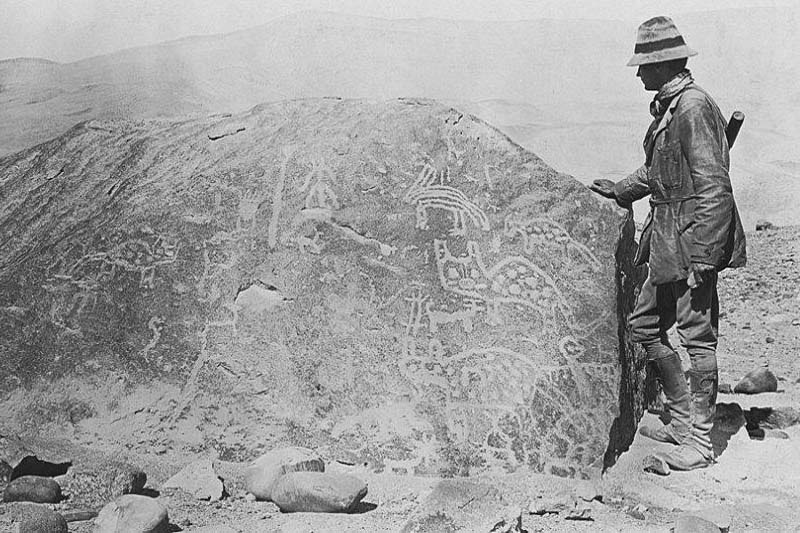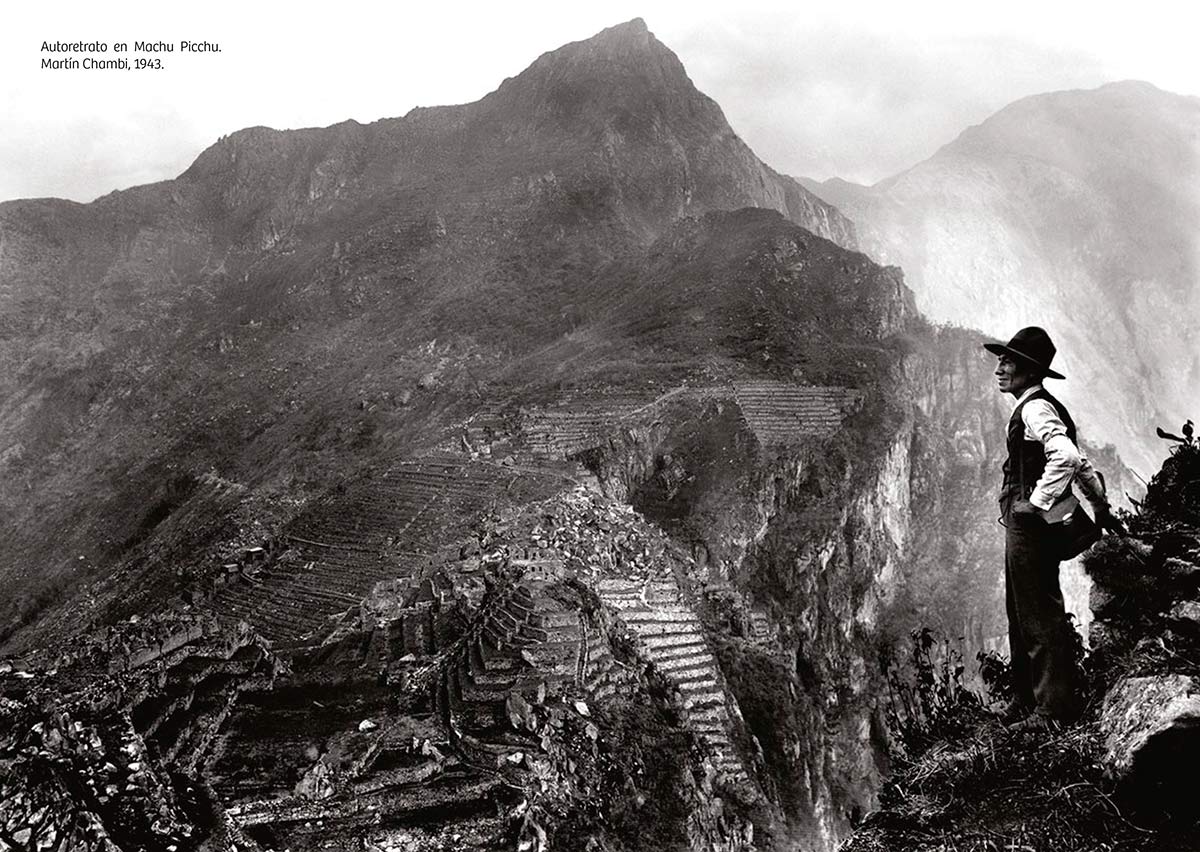Hiram Bingham: The “discoverer” of Machu Picchu
Hiram Bingham was born in Honolulu, Hawaii, on November 19, 1875. It is he who after an expedition discovered the citadel of Machu Picchu. The American archaeologist and political scholar initiated the scientific investigation of Machu Picchu, in the ancient territory occupied by the Incas, in a remote area of the Peruvian Andes. However, it is known that Hiram Bingham may have arrived at Machu Picchu after the German adventurer Auguste Berns, who, according to some studies, reached the lost city of the Incas in 1867. However, Bingham and his work “THE LOST CITY OF THE INCAS” made the city of Machu Picchu known to the world.

Hiram Bingham, the person who made Machu Picchu known to the world
The beginnings of Hiram Bingham
When Hiram Bingham was a child, he learned mountaineering from his father, a well-known Pacific missionary of enormous ability who, years later, would also help him with his research in the Inca city of Machu Picchu.
In 1906, looking for a better way to teach Latin American history, Bingham decided to follow the Andean route taken by Simon Bolivar in 1819, from Venezuela to Colombia. In 1908 he explored the ancient trade route through the Andes, from Buenos Aires, Argentina, to the city of Lima in Peru.
Hiram Bingham was a member and professor of the history faculty at Yale University between 1909 and 1924. In July 1911 he led the archaeological expedition of that university, with the main objective of finding the settlement of Vilcabamba, which was called the lost city of the Incas.
Rediscovery of Machu Picchu
On July 23, 1911, Hiram Bingham’s expedition arrived to the surroundings of the citadel of Machu Picchu. The weather conditions were quite unfavorable, so they sought accommodation in the houses of some peasants who lived very close to the area, in this place, the peasant Melchor Arteaga tells the American explorer about the existence of the ruins of an ancient stone city, and accepts the sum of one silver dollar for driving him to that place.
On July 24, despite bad weather, Bingham, the peasant and a representative of the Peruvian government, ventured across the mighty Vilcanota River.
Bingham, the farmer and a representative of the Peruvian government went despite the bad weather, gray clouds and torrential tropical rains. The other members of the team preferred to shelter in place. The professor and his two companions had to cross the wild Vilcanota River over a weak log bridge, and then climb approximately 700 meters up a steep mountainside overgrown with vegetation. Halfway they met peasant children who lived in the surrounding area, who accepted to guide the three men because they knew the territory very well. They climbed for hours until finally their perseverance was rewarded. He had in front of his eyes the secret mountain fortress, which was used as a refuge against the Spanish domination in the 16th century.
On July 24, 1911, Hiram Bingham discovered the citadel of Machu Picchu. The expedition greatly owed its success to Bingham’s firmness and courage. He continued his expedition putting his life at risk many times to do so. There he found numerous masonry remains and was particularly struck by the similarity of one of the structures in the Temple of the Sun in the imperial city of Cusco.
In 1912 Bingham led the expedition that excavated Machu Picchu, and returned there in 1915. He convinced himself that Machu Picchu was Vilcabamba, and it was not until the 1950s that his claim was seriously debated. Subsequent explorations by Bingham revealed important archaeological groups such as Vitcos and Espiritu Pampa. A larger ruin excavated in 1964 by American archaeologist Gene Savoy proved to be a more likely site for Vilcabamba.

Hiram Bingham checking a petroglyph, during his expedition to Machu Picchu
Publications and work of Hiram Bingham
Bingham was a member of numerous associations, including the National Geographical Society and the Royal Geographical Society. He also wrote books about each of his trips: Diary of an expedition through Venezuela and Colombia; Inca Land (1922); Machu-Picchu, the citadel of the Incas (1930) and The Lost City of the Incas (1948).
Bingham entered politics by being elected lieutenant governor of the state of Connecticut during the years 1922 to 1924. After winning the governorship in 1924, he resigned almost immediately, to occupy a vacancy in the U.S. Senate. He was reelected in 1926, after which he devoted himself to his business interests.
In 1936 Alfreda, his wife, filed for divorce. Two of his children testified in favor of their mother and in March 1937, the Florida Court granted the divorce. A month later, Hiram Bingham married Suzanne Carro. Hiram was happy in his new marriage. Hiram took up residence in Washington.
After the Second World War Hiram Bingham wrote his book “The Lost City of the Incas”, dedicated to his wife Suzanne, 37 years after the discovery of this City, at the age of 73 in 1948, the historian returned for the last time to Machu Picchu and inaugurated the Hiram Bingham road between the so-called Ruins Bridge over the Vilcanota River and the entrance to the city of Machu Picchu. In 1951 he was appointed member of the Civil Service Loyalty Review Board, during the administration of President Harry S. Truman, helping to investigate controversial cases of suspected subversion in the State Department. Five years later, on June 6, 1956, Hiram Bingham died in Washington, D.C.; he was buried with military honors at Arlington Cemetery.
By Ticket Machu Picchu – Last updated, August 26, 2024
